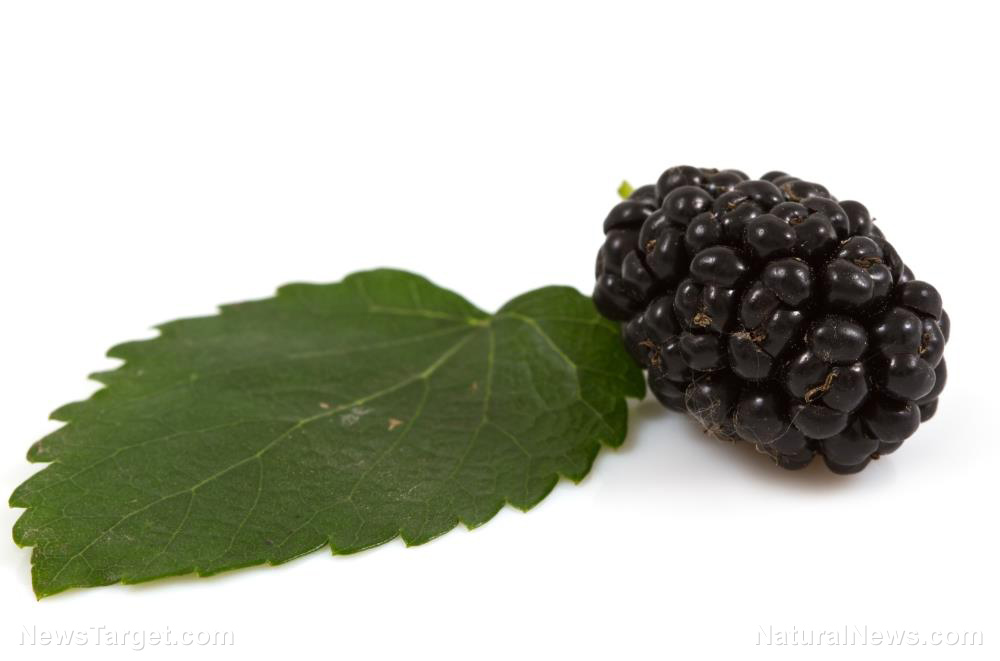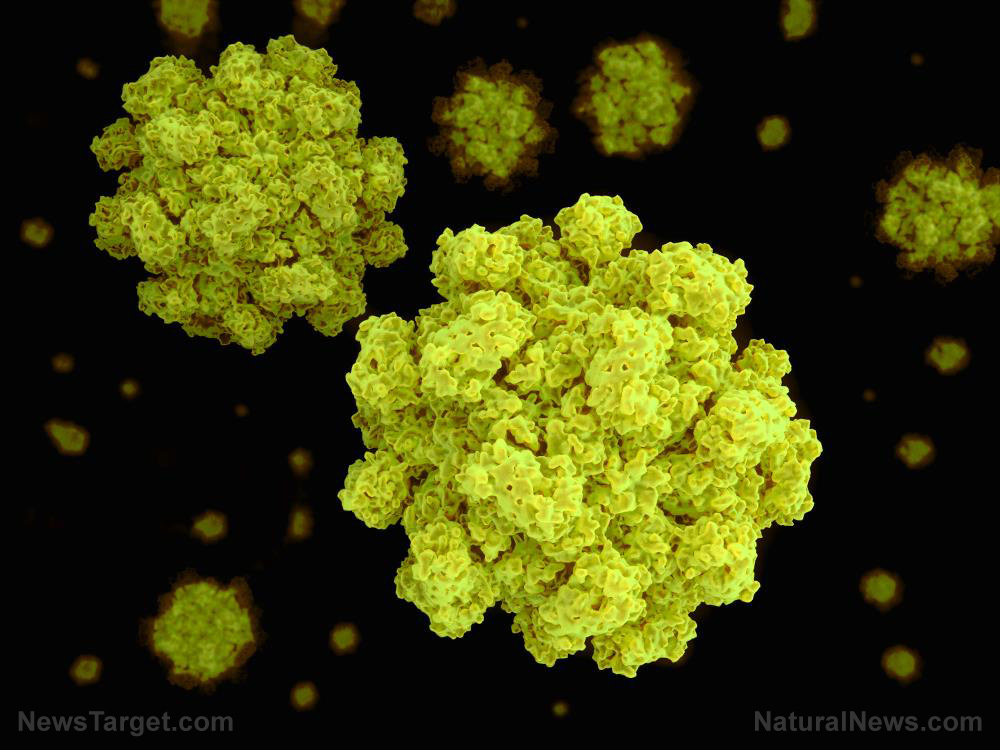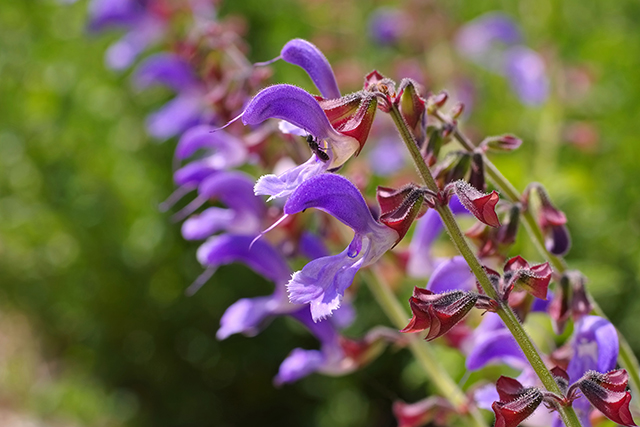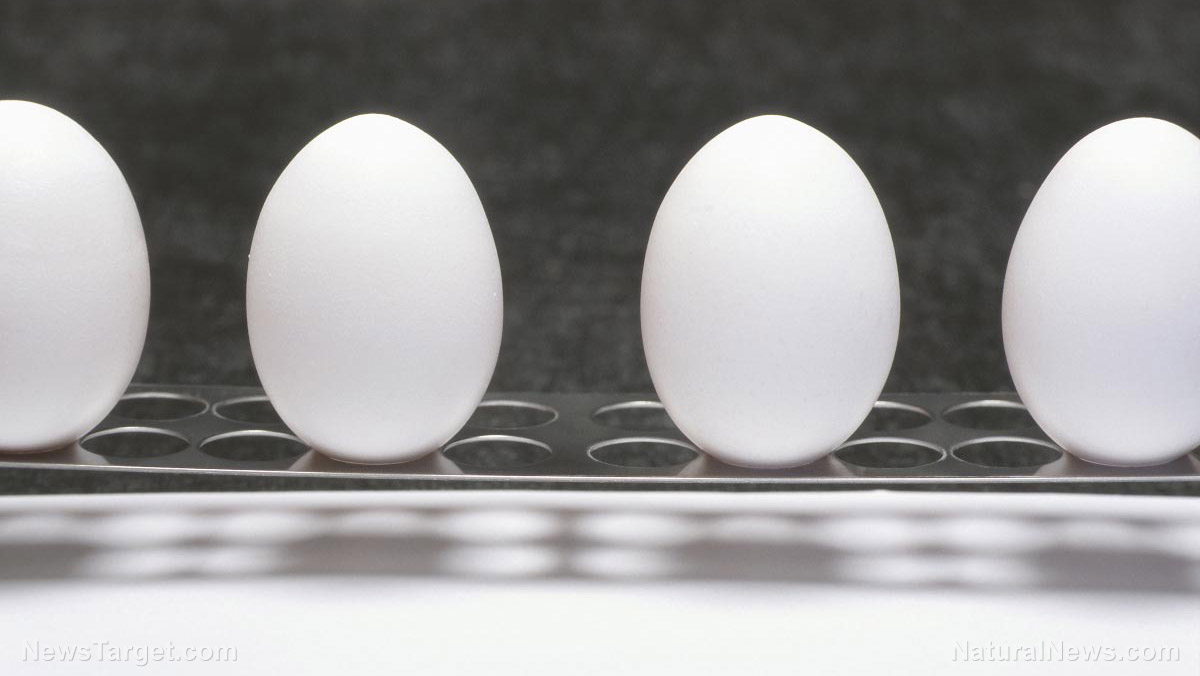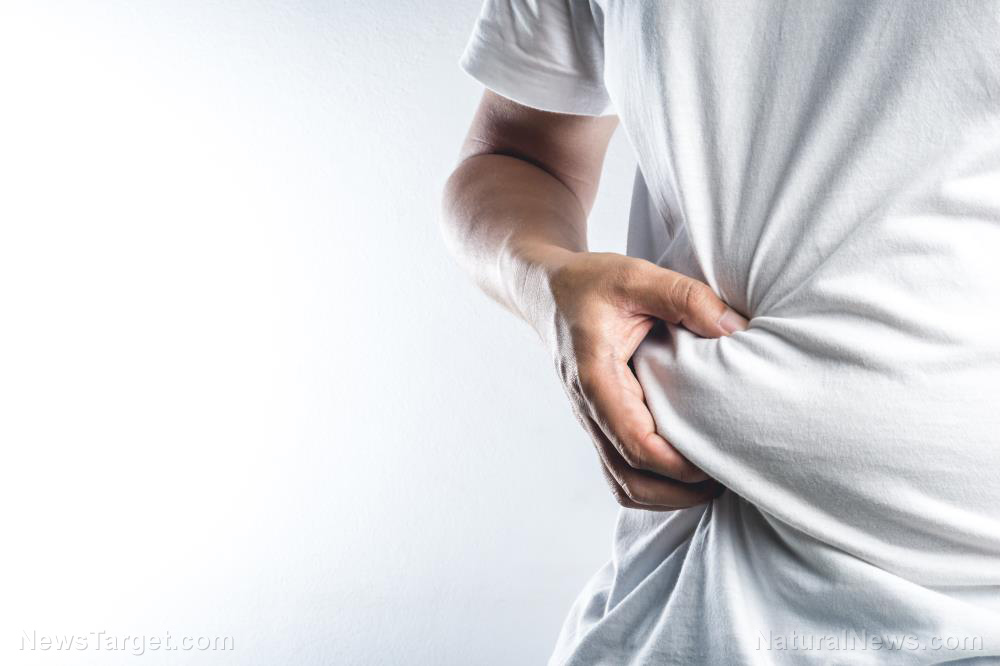Review: Kudzu shows potential for managing diabetes
07/18/2019 / By Melissa Smith

A review of studies published in The American Journal of Chinese Medicine summarized the beneficial effects and underlying mechanisms of puerarin, a natural isoflavone from kudzu (Pueraria lobata), on diabetes and its complications. The review was carried out by researchers from the University of Macau and Zunyi Medical University in China.
- Diabetes is one of the most challenging public health problems in the world.
- Its increasing prevalence and mortality rates call for more effective therapeutic agents, especially for its complications.
- Traditional herbs have a long clinical application history for diabetes treatment.
- One of these herbs is kudzu, which contains a natural isoflavone called puerarin.
- It is consumed both as a functional food and herbal medicine in East Asian countries.
- Based on the data the researchers gathered, puerarin from kudzu may be beneficial for people with diabetes as it can reduce blood sugar levels, improve insulin resistance, and protect islets.
- The isoflavone can also inhibit inflammation and reduce oxidative stress.
- Additionally, it can inhibit the Maillard reaction, which is a chemical reaction between an amino acid and a reducing sugar, and the formation of advanced glycation end products (AGEs) – both of which play a role in aging and the development or worsening of diabetes.
- Furthermore, puerarin may also benefit diabetes by delaying and improving a series of diabetes complications, such as cardiovascular complications, diabetic nephropathy, diabetic retinopathy, diabetic neuropathy, etc.
- However, puerarin’s efficacy is relatively low; its safety on humans is yet to be clarified, although it has low toxicity on experimental animals.
The researchers concluded that puerarin might be a potential adjuvant agent for the treatment of diabetes and its complications.
Journal Reference:
Chen X, Yu J, Shi J. MANAGEMENT OF DIABETES MELLITUS WITH PUERARIN, A NATURAL ISOFLAVONE FROM PUERARIA LOBATA. The American Journal of Chinese Medicine. 10 December 2018; 46(8): 1771-1789. DOI: 10.1142/S0192415X18500891
Tagged Under: alternative medicine, anti-diabetes, diabetes, diabetes complications, diabetes treatments, disease treatments, herbal medicine, Herbs, Kudzu, natural cures, natural medicine, prevention, puerarin, remedies, research, Type 2 Diabetes
RECENT NEWS & ARTICLES
COPYRIGHT © 2017 DIABETES SCIENCE NEWS


